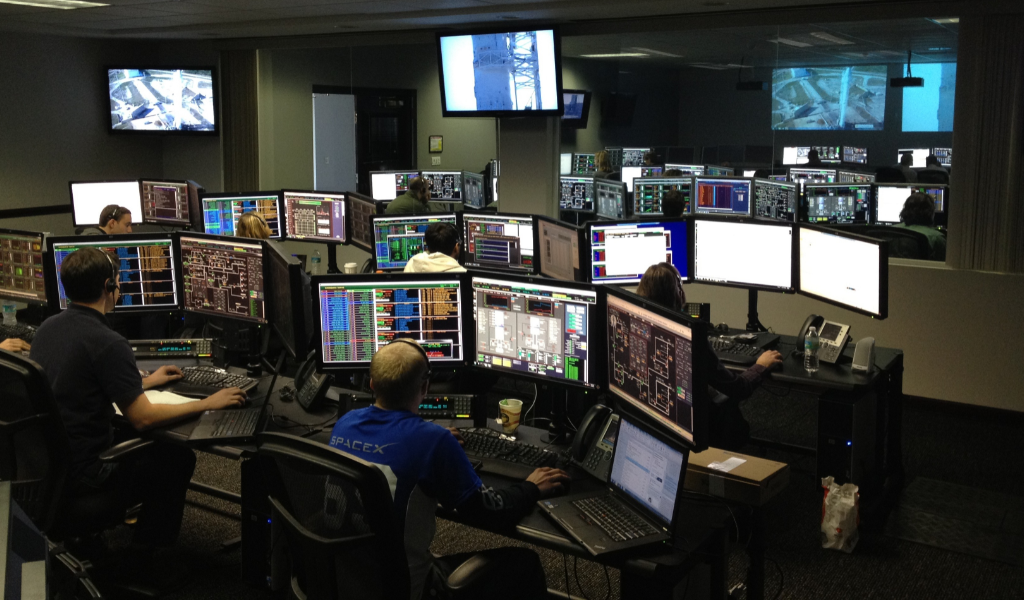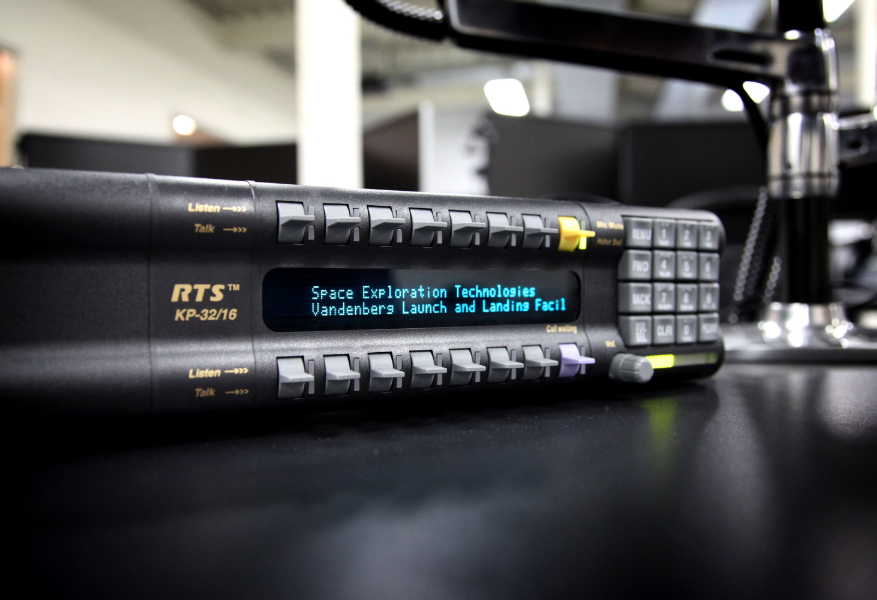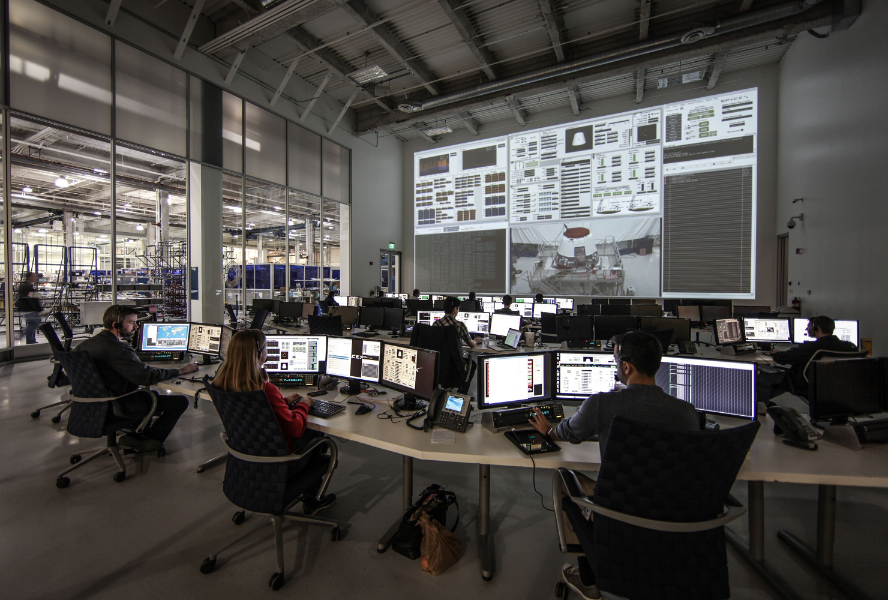The world of space-tech is no longer reserved for billion-dollar corporations and government agencies. With rapid innovation, young entrepreneurs today have more tools and access than ever to build their space-tech brand from scratch. Whether you’re passionate about satellite technology, sustainable space systems, or space data analytics, building a brand that stands out in this futuristic field starts with a clear strategy and creative positioning.
In this blog, we’ll walk you through how to create a space-tech brand—even if you’re a first-time founder—with a focus on authenticity, clarity, and long-term value.
Defining the Space-Tech Brand for Modern Founders
A space-tech brand is more than a cool name or logo. It's the complete identity of your startup—the values, mission, and reputation that set you apart in the aerospace sector. It represents your approach to solving problems and how others perceive you.

Examples of effective space-tech branding include:
- SpaceX’s bold, futuristic image
- Planet Labs’ data-first, clean design
- Rocket Lab’s startup-style agility and innovation
Take time to observe how successful companies communicate reliability, purpose, and ambition through both design and message.
Step 1: Define Your space-tech Brand Purpose
The first step in branding your startup is to clarify your mission. Ask yourself:
- Why are you launching this space-tech company?
- What change do you want to bring to the industry?
- Who will benefit from your solution?
When you define your brand’s “why,” you create a strong foundation for:
- Brand messaging
- Visual identity
- Audience targeting
- Long-term growth
Your brand should reflect both what you do and why it matters.

Step 2: Know Your Target Audience
A clear understanding of your audience helps you design your space-tech brand and marketing around their needs. In space-tech, your audience could include:
- Space Government agencies (NASA and ESA)
- Aerospace companies
- Space Research institutions
- Telecom providers
- Defense contractors
- Universities or student groups
Consider their priorities: Are they focused on reliability? Innovation? Cost-efficiency? Understanding these drivers will help shape your tone, design, and outreach.
Step 3: Choose a Strong Name and Visual Identity

Your name and visuals are the first impression of your brand. Choose a name that is:
- Easy to remember and pronounce
- Relevant to your mission
- Available as a domain and on social media
Your space-tech brand visual identity should include:
- Logo: Simple and scalable
- Color palette: Think blues, blacks, silvers—often used in tech and aerospace
- Typography: Modern, futuristic, or minimalist fonts
- Iconography: Consider symbols like orbits, satellites, or constellations
Tools like Canva or Figma can help you create professional branding on a budget.
Step 4: Build Your Digital Presence
Your website and social media channels act as your digital storefront. For space-tech startups, credibility is crucial.
Include these essentials on your website:
- A clear mission statement
- Overview of your product or service
- Team bios and background
- Blog or resource section
- Contact or demo request form
Use your space-tech brand with terms like:
- space-tech startup
- young founder branding
- aerospace innovation
This improves visibility and attracts your target audience.
Step 5: Establish Thought Leadership
As a new entrepreneur, establishing credibility takes time—but you can accelerate it with strategic content and engagement.
Ways to build your reputation:
- Share your journey on platforms like LinkedIn
- Post blogs about challenges and milestones
- Speaking at local events or virtual webinars
- Join forums, accelerators, and space-tech meetups
- Contribute to open-source projects or academic discussions
People trust founders who share their stories and add value to the community.
Step 6: Secure Your Branding Assets Early
Don’t wait to register your name and assets. Once you’ve finalized your branding:
- Register a domain (e.g., yourstartup.com or .space)
- Create accounts on platforms like X (Twitter), LinkedIn, Instagram, and YouTube
- Ensure brand consistency across bios and handles
- Consider trademarking your name or logo
This early step can prevent confusion or legal trouble down the road.
Step 7: Craft and Share Your Brand Story
People connect with stories, not just specs. Use storytelling to make your space-tech brand memorable.
Your story should include:
- What inspired your startup
- The problem you’re solving
- Your long-term vision
- Milestones and lessons along the way
Use your story across:
- Your website’s About page
- Social media content
- Pitch decks and presentations
- Press coverage and podcasts
Authentic storytelling humanizes your brand and builds an emotional connection.
Step 8: Start Small, Scale Smart
You don’t need a huge budget to build a space-tech brand. Start lean with high-impact actions:
Initial steps:
- Design a polished logo and website
- Create a simple explainer video
- Launch with a blog or social post
- Get feedback from early supporters
As your space-tech brand grows:
- Attend industry expos and tech events
- Submitting to startup competitions
- Pitch to aerospace-focused accelerators
- Publish white papers or case studies
Build trust over time by focusing on consistency and value.
Step 9: Overcome Common Space-Tech Branding Challenges
First-time founders often face problems in starting space-tech branding, including some of these hurdles:
Limited resources:
Branding can seem expensive, but free tools and templates are widely available. Prioritize essential assets first.
Low visibility:
It’s hard to stand out in a competitive field. Focus on niche channels like aerospace blogs or STEM education networks.
Lack of credibility:
Share your journey, collaborate with experts, and let your work speak for itself. Consistency builds trust.
You don’t need to have all the answers on day one. Progress is what matters most.
Conclusion:
Being a young, first-time entrepreneur in the space-tech industry might seem like a big leap—but every space company started somewhere. With the right mix of creativity, strategy, and grit, you can build a space-tech brand that reflects your vision and attracts the right audience.
Here’s what to remember:
- Clarify your space-tech brand purpose
- Know your ideal audience
- Build a strong, recognizable identity
- Share your story with the world
- Focus on progress, not perfection
The space-tech sector needs bold ideas—and yours could help shape the future.








